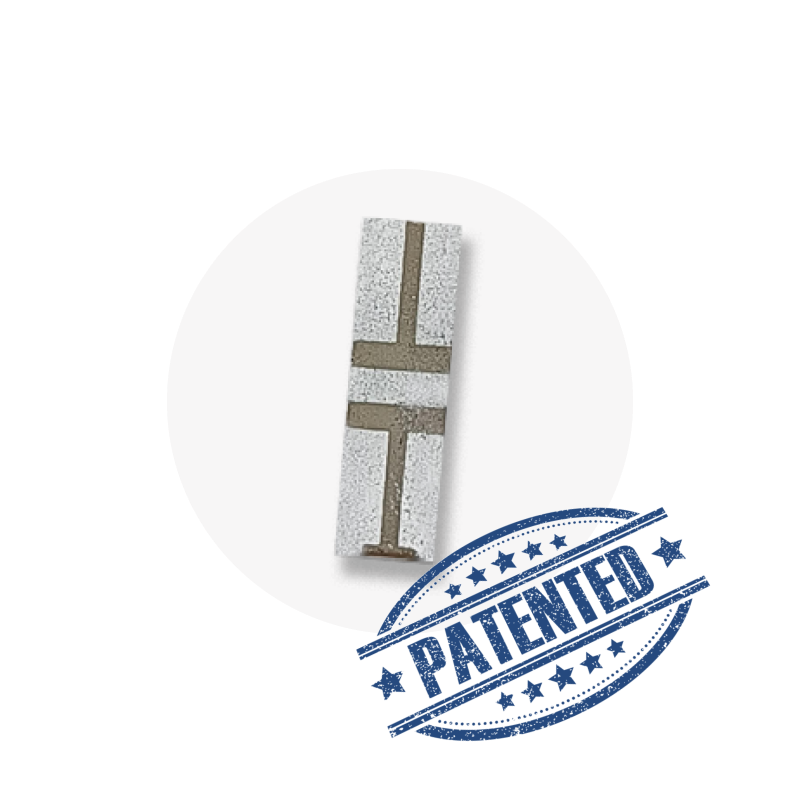2023 December
More sensor heads
Expanded the domains with the addition of more sensor heads. Improved the reusability and established with transient studies.
2023 September
10 PPB Sensitivity
Achieved 10 PPB detection level at room conditions. Tested the sensor head at 30 degrees and in room conditions under exposed conditions.
2023 July
More sensor heads
Successfully fabricated 9 more individual sensor heads by replicating the process across multiple domains of VOCs. The sensor heads are designed to cater to domains like EQM, Health, Pheromone detection, perishability, etc.
2023 March
Sensor Array
Sensor array design and testing were performed. The team designed a sensor array and tested simultaneous multiple VOC detection using a relay circuit.
2022 Nov
Patent Application
The sensor technology is patented, reference number 202241064949.
2022 August
100 PPB Sensitivity
Achieved 100 PPB level detection in a controlled environment. The testing was conducted at a testing facility (Operated by the Gov. of India) in a controlled condition, devoid of moisture, dust, and any interferences.)
2022 May
Sensor Fabrication
A chemically stable sensor head was fabricated with the desired thickness and surface properties.
2021 December
Sensor development
The sensor prototype was successfully developed and achieved the size requirement of 1 sq. cm
2019 December
Research Commenced
Research started with a team of 6 researchers under the leadership of Dr. Nidhin Sreekumar.










